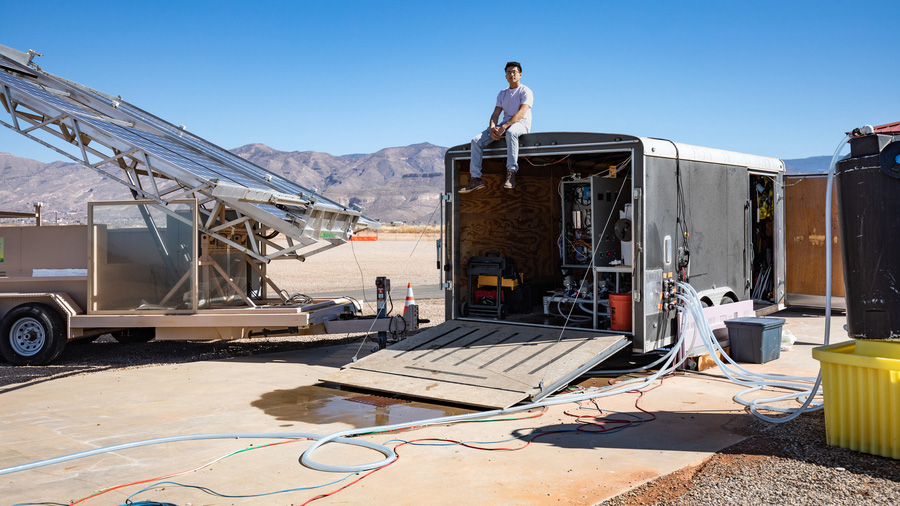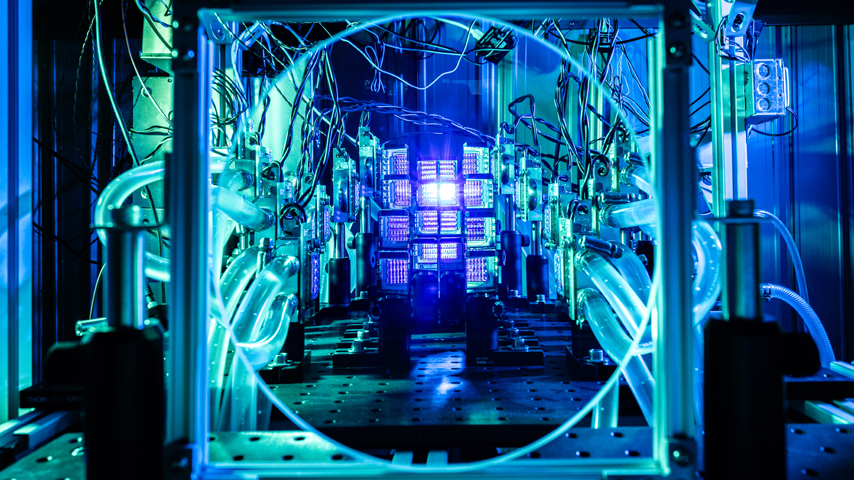New Exception to Administration’s Solar Panel Tariffs Has Potential to Accelerate Solar Energy Adoption in the U.S.
New Exception to Administration’s Solar Panel Tariffs Has Potential to Accelerate Solar Energy Adoption in the U.S.
The U.S. Trade Representative (USTR) recently announced a new exemption from solar tariffs for a specific type of solar panel. Bifacial panels, or panels that can generate power on both sides are now exempt from the 30 percent tariffs that were assigned to all solar materials in 2018, since that time the tariffs have been reduced to 25 percent.
“We’ve been advocating for additional exclusions, and bifacial modules in particular, for over a year now,” said John Smirnow, vice president of market strategy for the trade group Solar Energy Industries Association. “This exemption will accelerate the adoption of bifacial technology in the U.S., which is still in a relatively early stage.”
Bifacial solar panels currently comprise a small portion of solar panel installation, and there is no bifacial panel manufacturing that takes place here in the U.S. Previously, to get around the tariffs that President Trump imposed in January 2018, several foreign solar companies decided to build factories in the U.S. In late 2018, U.S.-based solar company SunPower Corp was awarded an exemption after noting that while it is an U.S.-based company, its solar panels are made in factories abroad and should be considered a premium product.
Approximately 90 percent of all solar panels are imported. Industry figures note that last January’s tariffs resulted in the loss of roughly 3 percent, or 8,000 industry jobs.
Click here to view the official USTR notice in the Federal Register: https://www.federalregister.gov/documents/2019/06/13/2019-12476/exclusion-of-particular-products-from-the-solar-products-safeguard-measure



